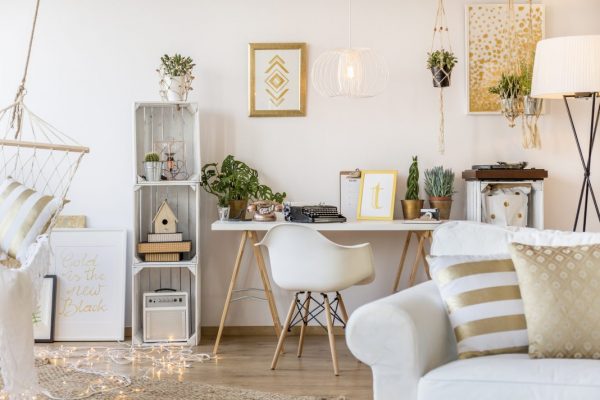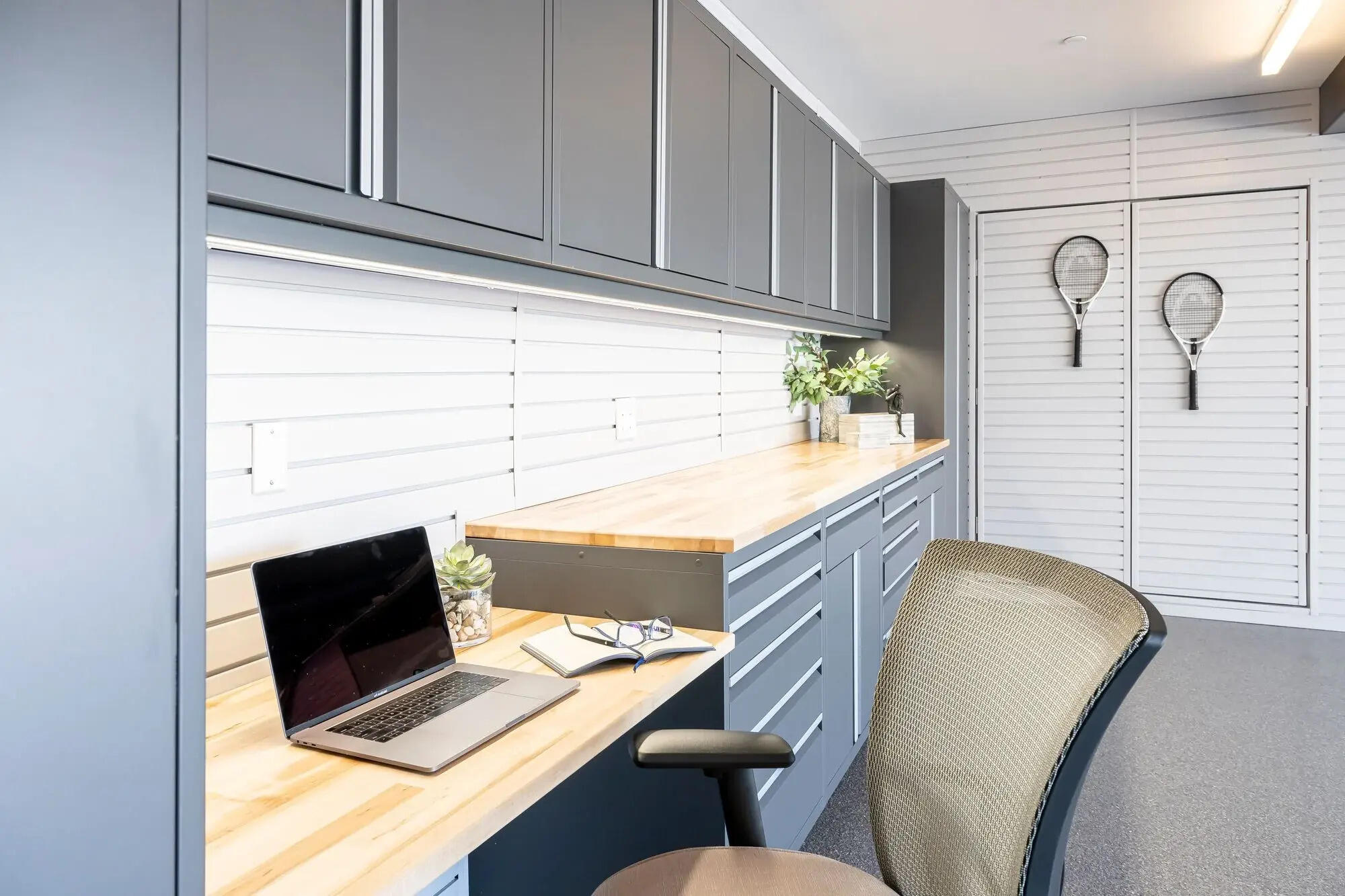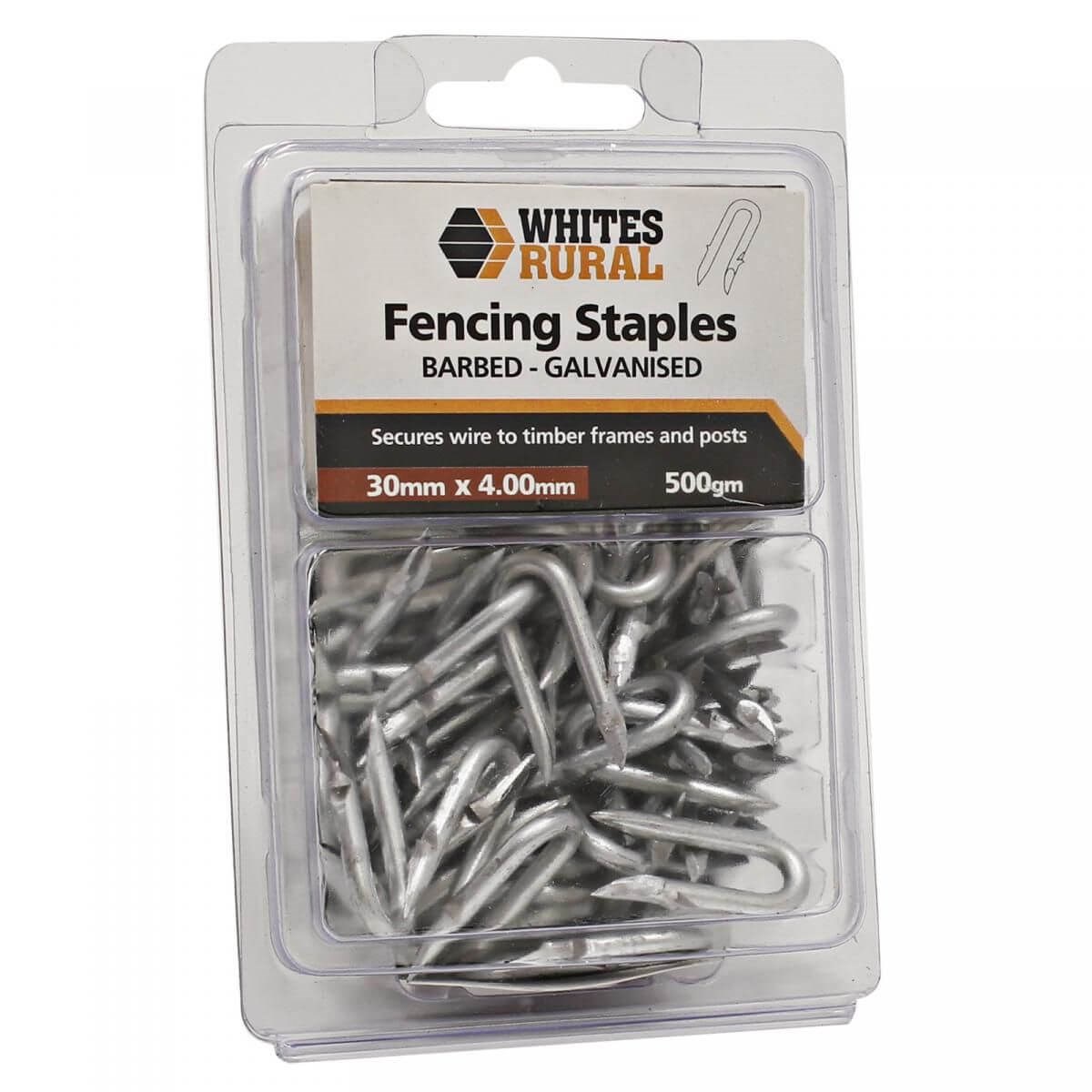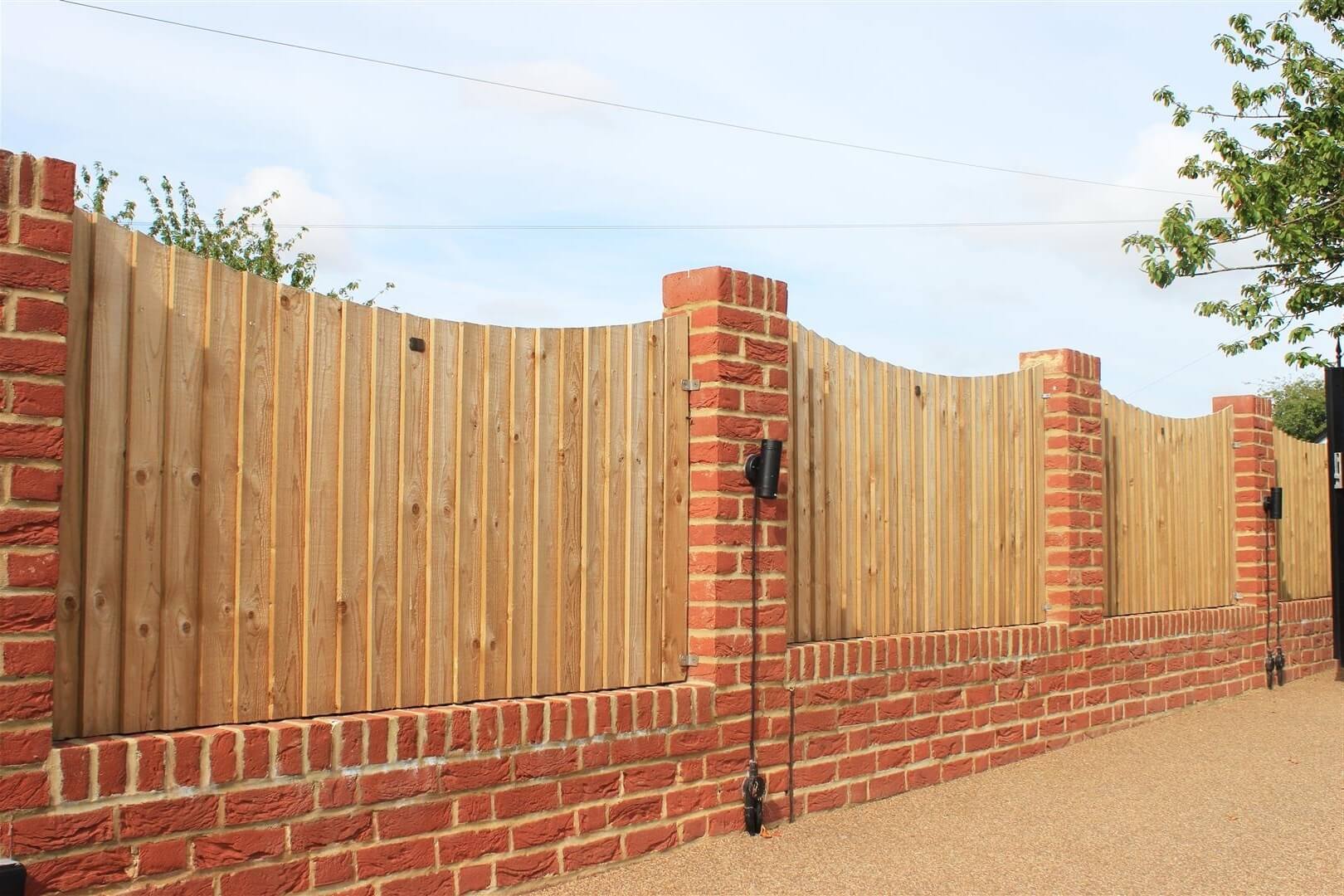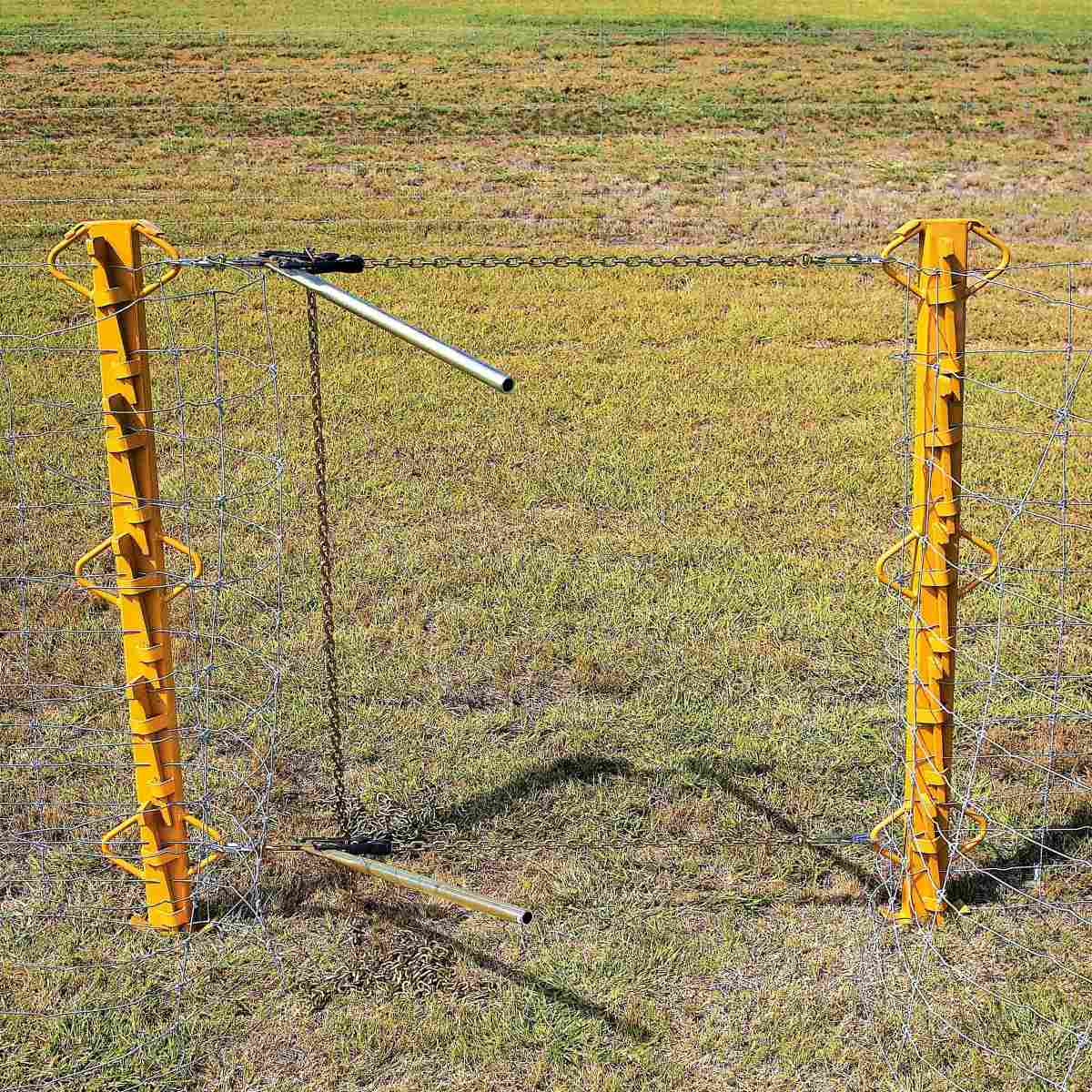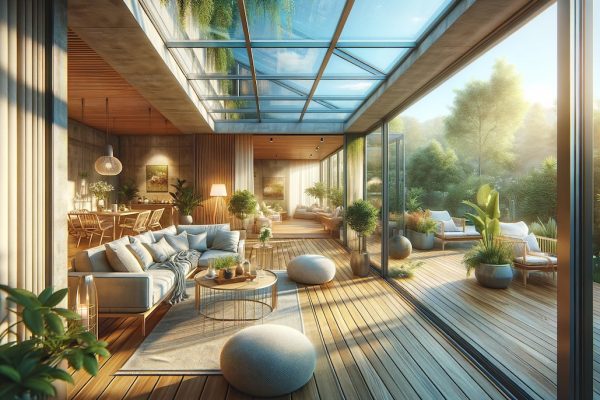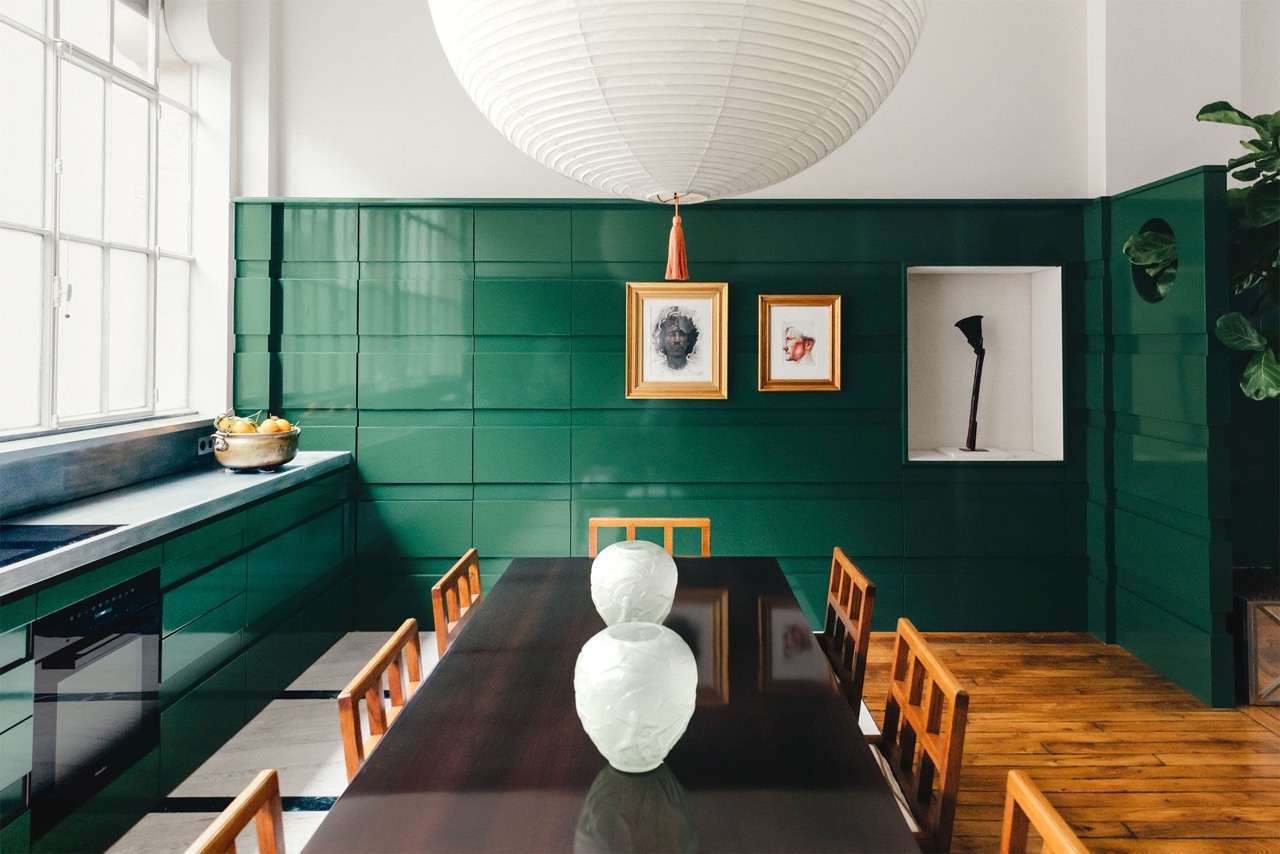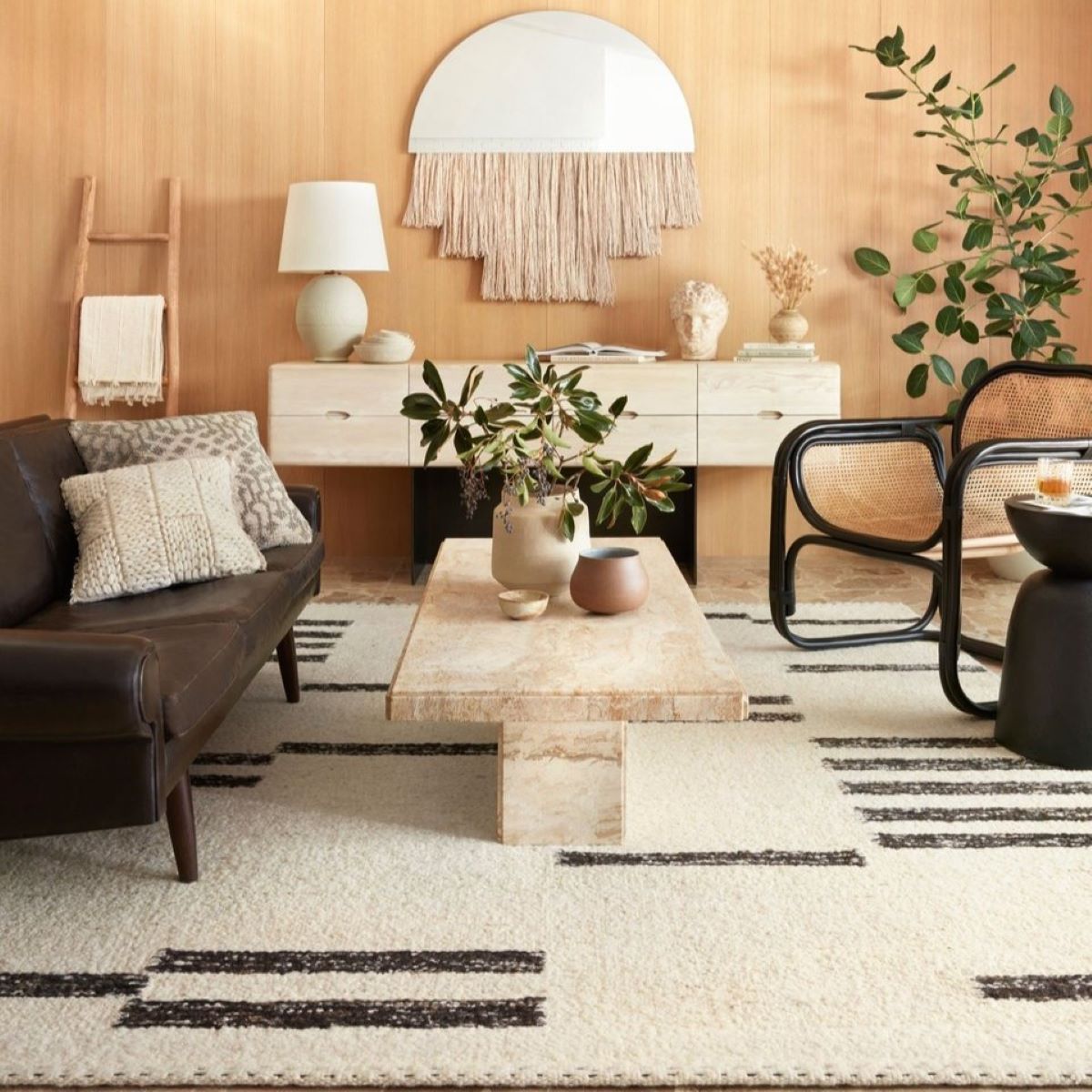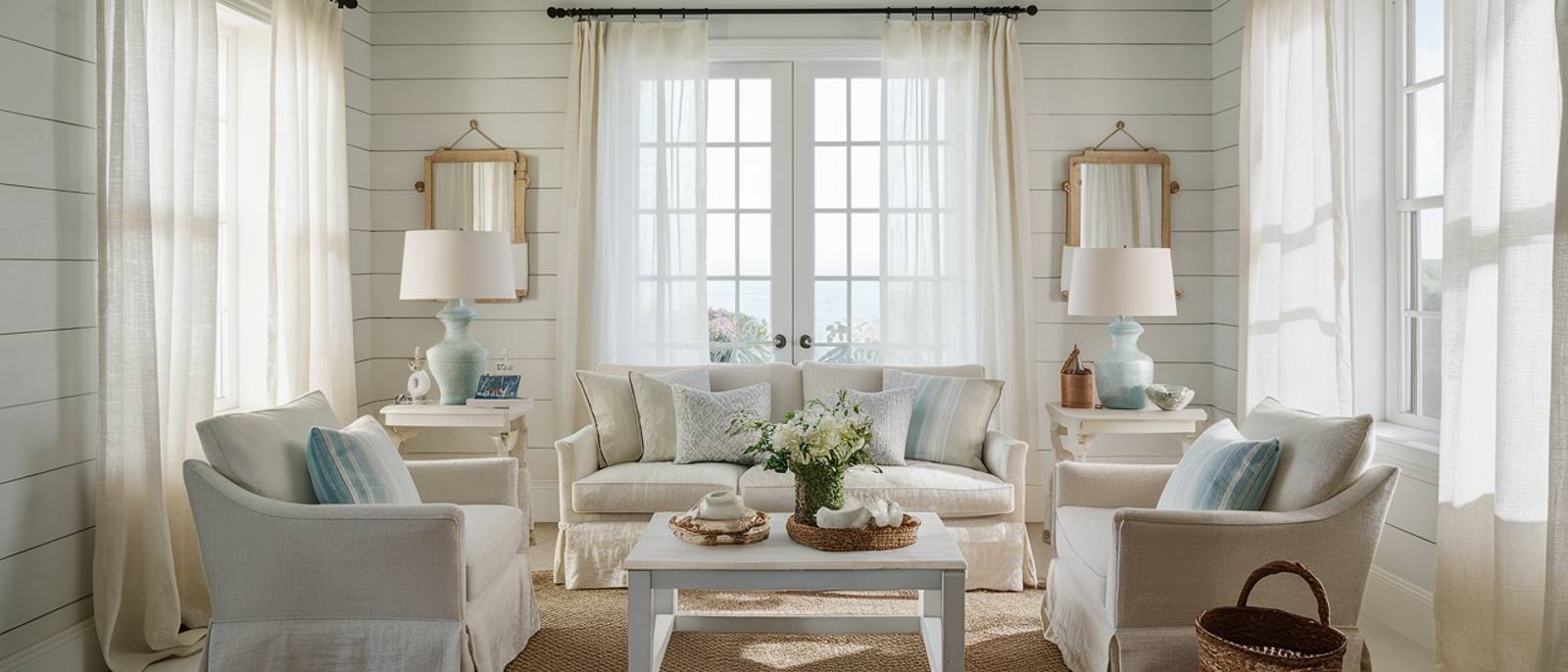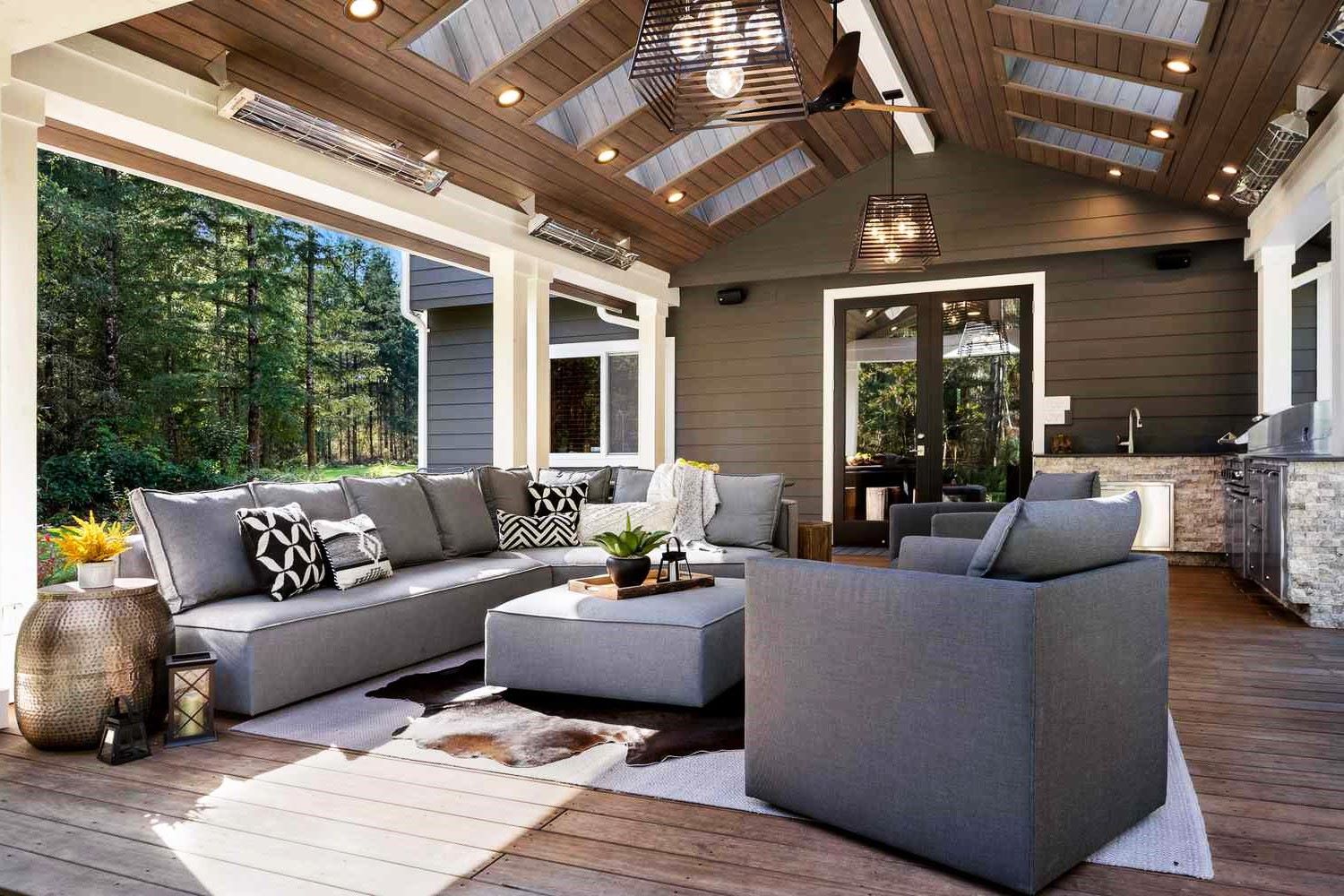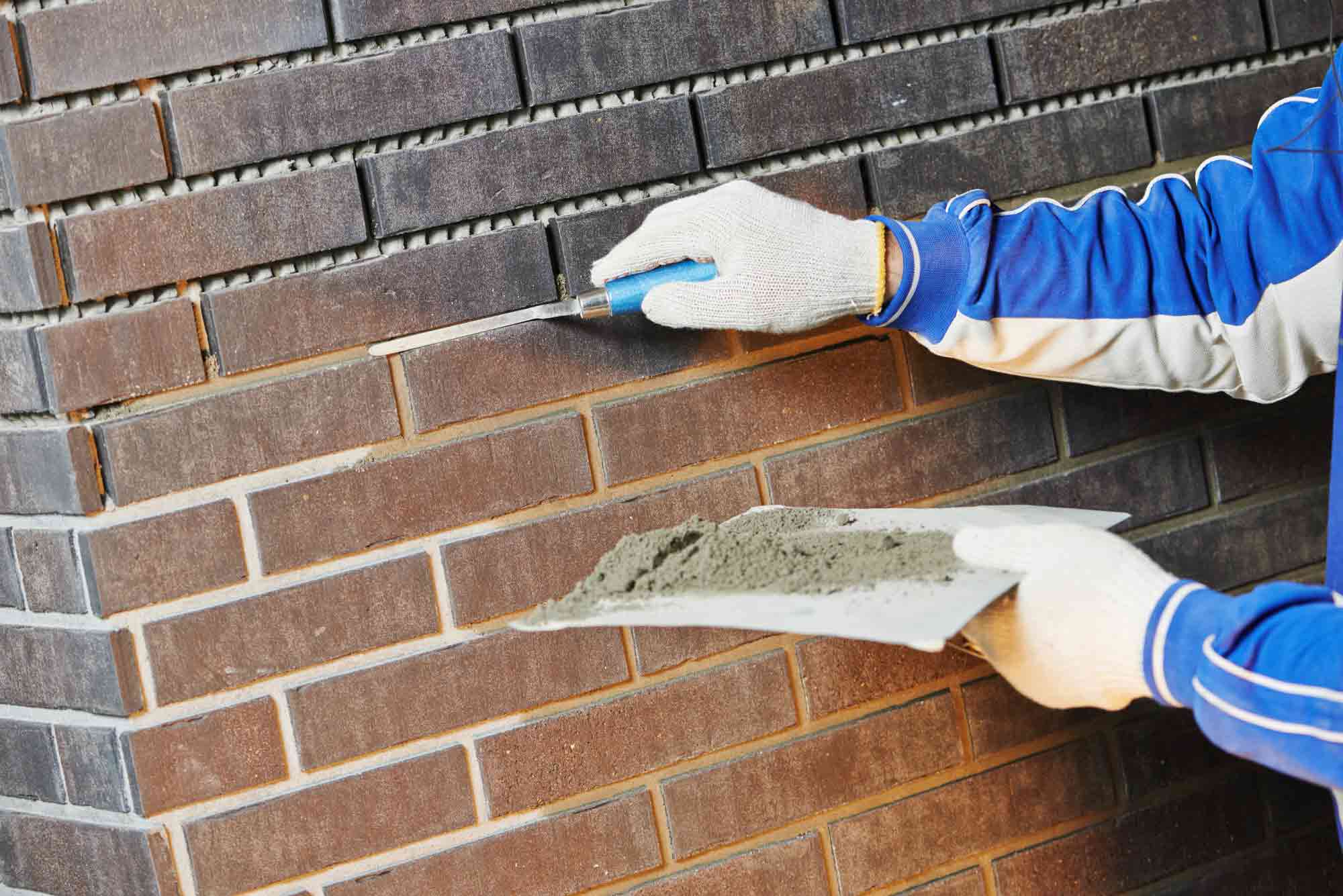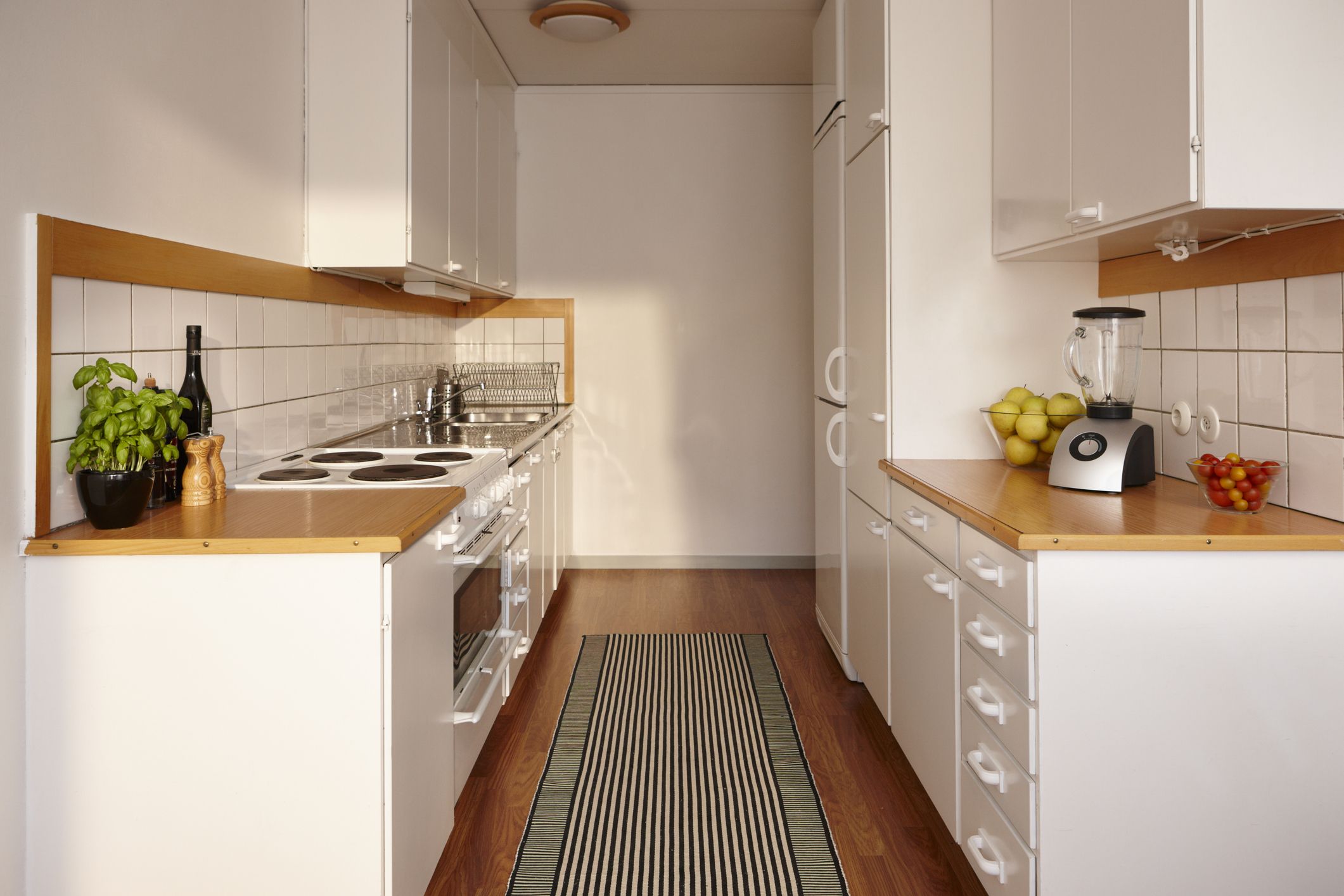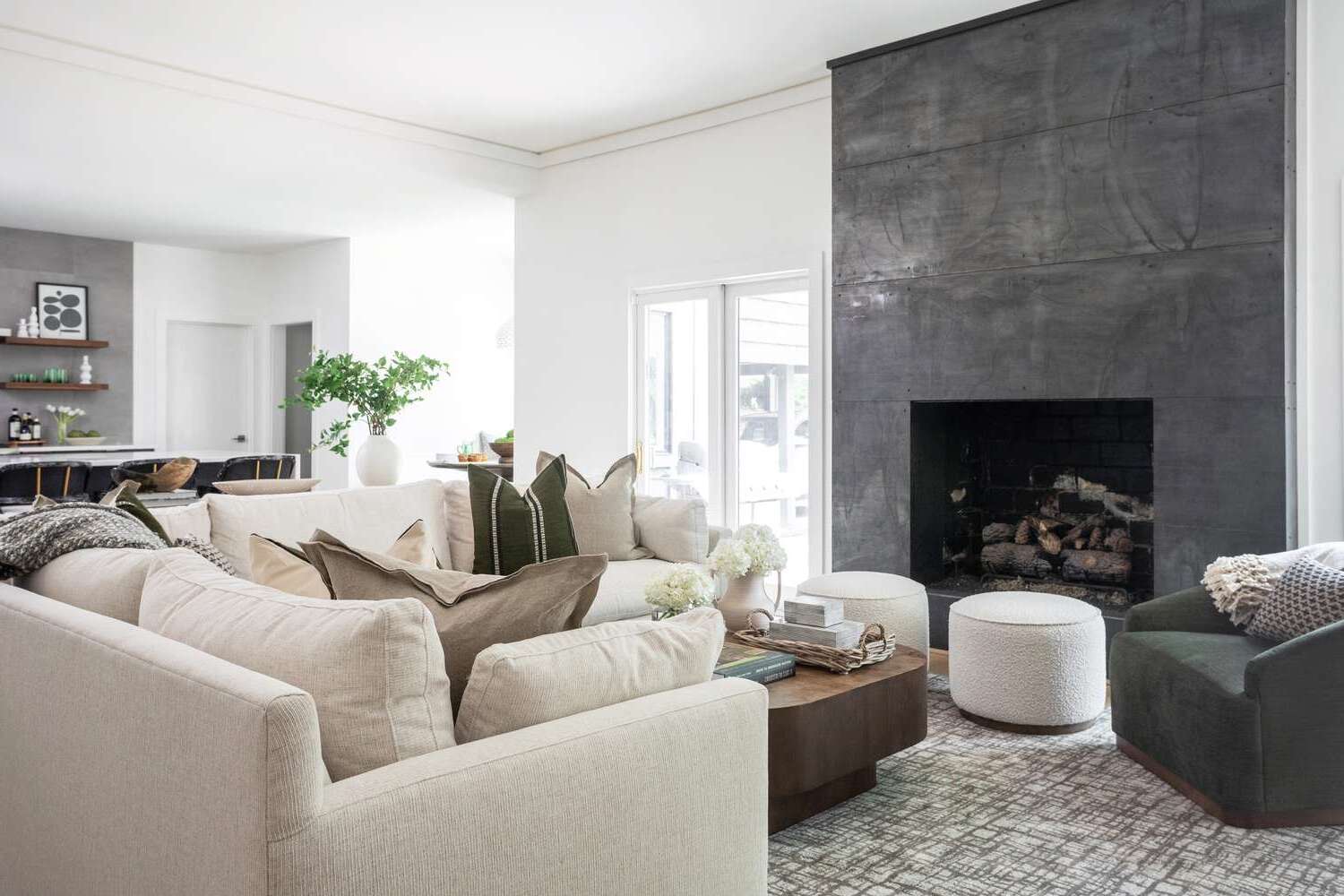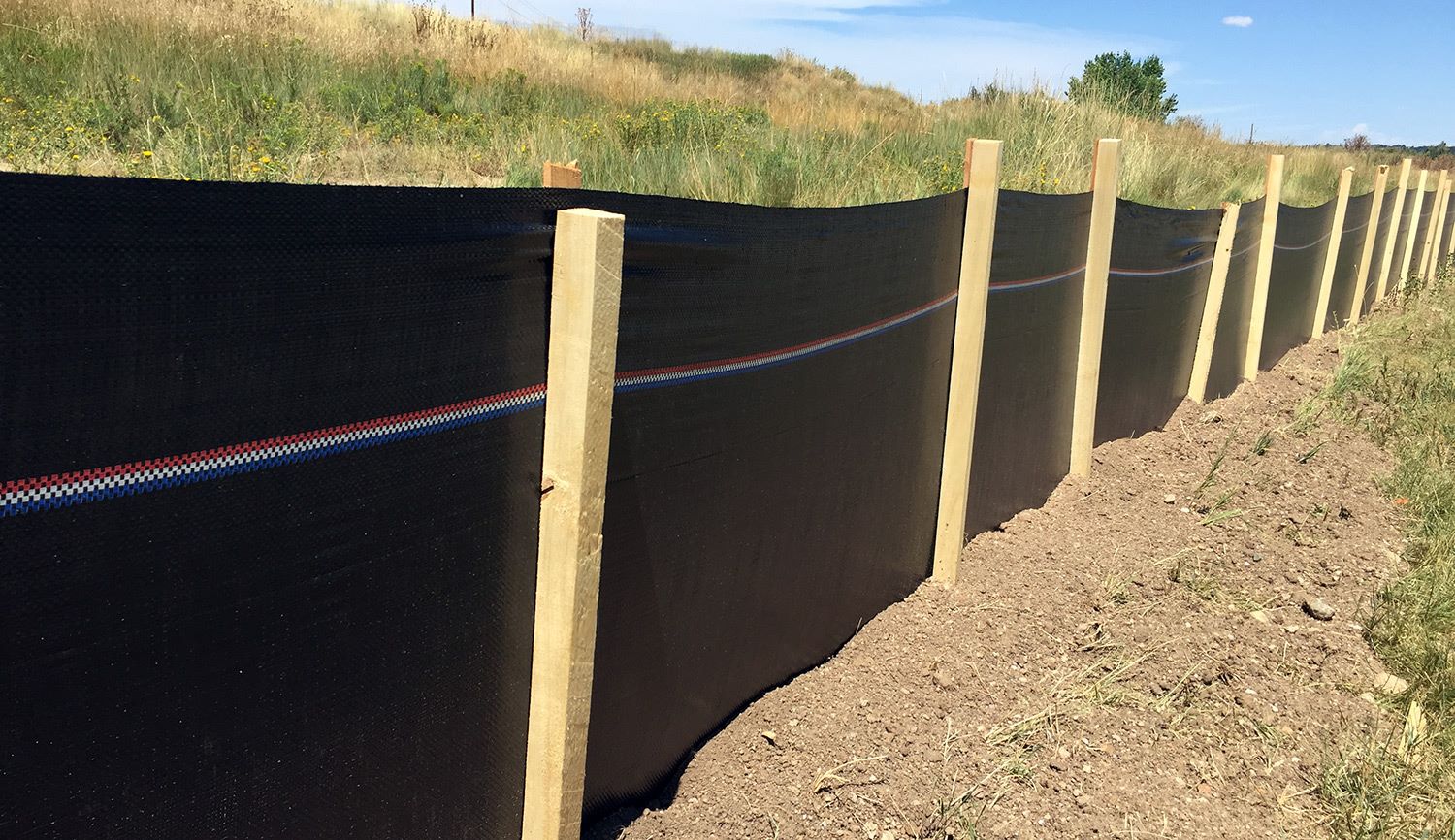Home>diy>Architecture & Design>How To Transform Your House Using Walls And Fences
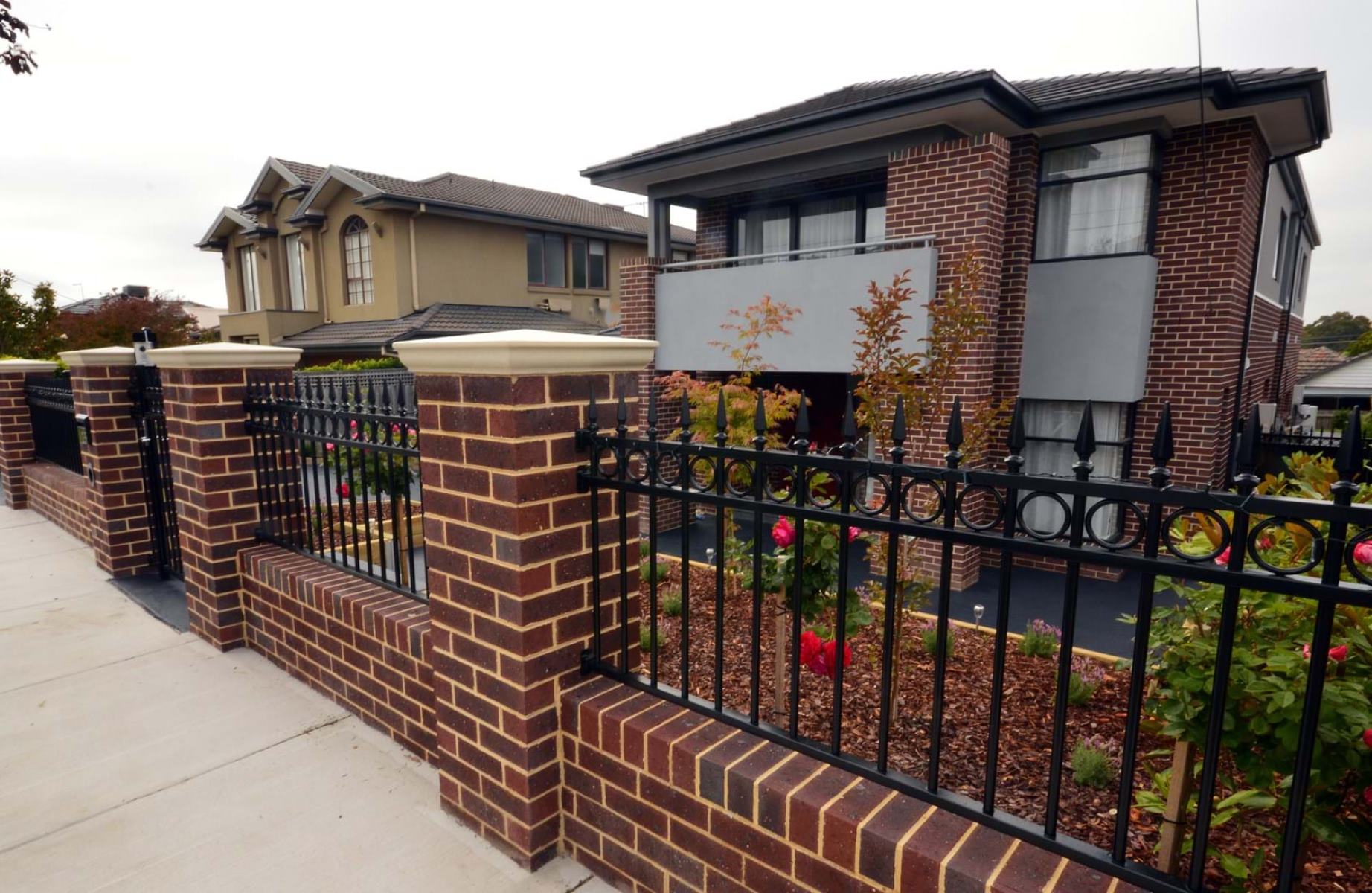

Architecture & Design
How To Transform Your House Using Walls And Fences
Modified: August 22, 2024
Discover how architectural design can transform walls into functional and stylish fences. Explore innovative house design ideas that blur the line between form and function.
(Many of the links in this article redirect to a specific reviewed product. Your purchase of these products through affiliate links helps to generate commission for Storables.com, at no extra cost. Learn more)
Introduction
When it comes to designing a house, there are many factors to consider. From the layout and aesthetics to the functionality and security, every aspect plays a crucial role in creating a space that suits the needs and preferences of the homeowner. One of the key elements in house design is the use of walls and fences.
Walls and fences serve different purposes in a house, and understanding their differences can help you make informed decisions during the design process. While walls provide structural support and define spaces within a house, fences are primarily used for security and privacy in the outdoor areas.
In this article, we will delve into the roles of walls and fences in house design and explore how they can be seamlessly blended to create a harmonious and functional living environment. We will also highlight the benefits of incorporating both walls and fences in the design, and provide examples of house designs that effectively utilize these architectural elements.
So, whether you are planning to build your dream house or renovate your existing home, read on to discover how walls and fences can transform your space into a sanctuary that reflects your style and meets your specific needs.
Key Takeaways:
- Blending walls and fences in house design creates a harmonious living space, enhancing security, privacy, and aesthetics both indoors and outdoors. Strategic integration of these elements reflects personal style and meets specific needs.
- Understanding the roles of walls and fences in house design is crucial for informed decision-making. From structural support to privacy, the effective utilization of these architectural elements creates a well-balanced and functional living environment.
Understanding the Difference between a Wall and a Fence
Often used interchangeably, walls and fences have distinct characteristics and serve different purposes in house design. Understanding the differences between the two is essential to ensure the effective utilization of these architectural elements.
A wall is a solid structure typically made of bricks, concrete, or stone that provides structural support and separates the interior spaces of a house. Walls are essential in defining rooms, creating privacy, and offering insulation. They form the foundation of the house and play a crucial role in its stability and durability.
On the other hand, a fence is an enclosure made of materials such as wood, metal, or vinyl. Fences are typically found in outdoor spaces and serve as a barrier to provide security, mark boundaries, and offer privacy. Unlike walls, fences are often less rigid and have open gaps, allowing visibility and airflow.
While walls primarily exist within the structure of the house, fences are located on the periphery and separate the property from the surrounding area. Fences can be installed around the backyard, front yard, or the entire property, depending on the homeowner’s preferences and the purpose of the fence.
Both walls and fences are important elements in house design, and their effective integration can result in a well-designed and functional living space. Walls provide a sense of enclosure and division, while fences enhance security and privacy in outdoor areas.
By understanding the differences between walls and fences, homeowners can make informed decisions during the design process, ensuring that they achieve the desired balance between functionality and aesthetics in their house design.
Factors to Consider in House Design
Designing a house involves considering various factors to create a space that not only meets the needs and preferences of the homeowner but also complements the surrounding environment. Whether you are starting from scratch or renovating an existing property, here are some crucial factors to keep in mind during the house design process.
- Functionality: Functionality is key when designing a house. Consider the number of rooms needed, their sizes, and how they will be used. Think about the flow of the space and ensure that it caters to your daily activities and lifestyle. Efficiency in layout, ease of movement, and practicality should be at the forefront of your design decisions.
- Aesthetics: The visual appeal of a house is essential for creating a welcoming and pleasant environment. Consider the architectural style that resonates with you and aligns with the surrounding neighborhood. Pay attention to the roof design, exterior finishes, and overall aesthetic elements to ensure harmony and coherence in the design.
- Location: The location of the house plays a significant role in design decisions. Take into account the climate, topography, and orientation of the property. Optimize natural light, ventilation, and energy efficiency based on the location. Also, consider any local building codes or regulations that may impact the design process.
- Size: Determine the appropriate size of the house based on your needs and the available space. Consider factors such as the number of occupants, future expansion plans, and the desired level of comfort. It’s important to strike a balance between having enough space and not overbuilding, which can lead to increased costs and maintenance.
- Budget: Keep your budget in mind throughout the design process. Set realistic expectations and prioritize your spending based on the most important aspects of your design. Seek cost-effective materials and construction methods without compromising quality and durability.
- Sustainability: With a growing emphasis on sustainability, consider incorporating eco-friendly features into the house design. Opt for energy-efficient insulation, renewable energy systems, water-saving fixtures, and materials with low environmental impact. Building a sustainable home not only benefits the environment but also reduces energy costs in the long run.
These factors are crucial considerations in house design and will help guide the decision-making process. By carefully evaluating each factor, you can create a well-designed house that suits your needs, reflects your style, and seamlessly integrates with its surroundings.
The Role of Walls in House Design
Walls play a crucial role in house design, providing structural support, defining spaces, and contributing to the overall aesthetics and functionality of a home. Understanding the significance of walls can help homeowners make informed design decisions to create a comfortable and functional living environment.
Structural Support: One of the primary functions of walls in house design is to provide structural support. Walls bear the weight of the roof and upper floors, ensuring the stability and integrity of the entire structure. They act as load-bearing elements, distributing the weight evenly and preventing the collapse of the building.
Space Division: Walls serve as barriers that separate different areas within a house, providing privacy and defining specific functionalities. They create rooms and delineate spaces such as bedrooms, bathrooms, living areas, and kitchens. By strategically placing walls, homeowners can optimize the layout and flow of their living space, ensuring efficiency and convenience in daily activities.
Sound Insulation: Another important role of walls is sound insulation. Well-designed walls with proper insulation materials reduce noise transmission between rooms, ensuring a peaceful and quiet environment. This is particularly important in areas where privacy and noise control are essential, such as bedrooms and home offices.
Visual Appeal: Walls contribute significantly to the aesthetics of a house. Different finishes, textures, and colors can be applied to create a desired atmosphere and style. Whether it’s a sleek and modern look or a rustic and cozy feel, the design of the walls sets the tone for the entire space. The use of decorative elements like wallpaper, artwork, or textured surfaces can further enhance the visual appeal of the walls.
Flexibility: Walls provide flexibility in house design, allowing for modifications and adaptations over time. With non-load-bearing walls, homeowners can easily reconfigure the layout by removing or relocating walls to meet changing needs or preferences. This adaptability ensures that the house can evolve with the homeowners and accommodate their changing lifestyles.
When designing walls, it is essential to consider factors such as load-bearing capacity, insulation requirements, and architectural style. Working with an architect or designer can help ensure that the walls are structurally sound, functionally efficient, and aesthetically pleasing.
Overall, walls are integral to house design, providing structure, division, insulation, and visual appeal. By understanding their role and considering these factors, homeowners can create a well-designed living space that meets their needs and reflects their personal style.
The Role of Fences in House Design
Fences play a significant role in house design, primarily focusing on the outdoor areas of a property. They serve a variety of purposes, ranging from security and privacy to aesthetic appeal and property delineation. Understanding the role of fences in house design can help homeowners make informed decisions to enhance the functionality and visual appeal of their outdoor spaces.
Security: One of the primary roles of fences in house design is to provide security. Fences act as a physical barrier, preventing unauthorized access and deterring trespassers. By enclosing the property, fences help protect the home and its occupants, offering peace of mind and safeguarding against potential intrusions.
Privacy: Fences also play a vital role in creating privacy within the outdoor areas of a property. Whether it’s a backyard, front yard, or side yard, fences can shield the space from prying eyes and create a secluded environment. This allows homeowners and their families to enjoy their outdoor areas without worrying about neighbors or passersby.
Property Delineation: Fences help define the boundaries of a property, marking the separation between private spaces and public areas. They provide a clear indication of where the property ends, helping to avoid any boundary disputes with neighbors. Additionally, fences can help prevent encroachments and provide a sense of ownership and identity to the property.
Aesthetic Appeal: Besides their practical functions, fences also contribute to the overall aesthetics of a house. The design, materials, and finishes used for the fence can complement the architectural style of the house and enhance its curb appeal. From classic picket fences to modern horizontal slat designs, the fence can become a focal point and an extension of the house’s style and personality.
Outdoor Living Enhancement: Fences can enhance the functionality of outdoor living spaces. They can create separate areas for activities such as dining, gardening, or relaxation. By strategically placing fences, homeowners can maximize their outdoor space and create zones for different purposes, enhancing the overall usability and enjoyment of the property.
When designing fences, it is crucial to consider factors such as the desired level of security, preferred level of privacy, and the local regulations. Fences should be sturdy, durable, and visually appealing, integrating seamlessly with the overall design of the house and the surrounding landscape.
By considering the role of fences in house design, homeowners can make informed decisions about the type, height, materials, and style of fences to create a secure, private, and visually appealing outdoor environment that complements their overall house design.
When designing a house, consider using walls for structural support and privacy, and fences for defining boundaries and adding aesthetic appeal to the outdoor space. This can create a balanced and functional design for your home.
Blending Walls and Fences in House Design
When it comes to house design, the clever integration of walls and fences can create a harmonious and well-balanced living space. By strategically blending these architectural elements, homeowners can enhance security, privacy, aesthetics, and functionality in both indoor and outdoor areas.
One approach to blending walls and fences is to create a seamless transition between indoor and outdoor spaces. Consider using large windows or glass doors that connect interior living areas to the outdoor environment. This not only allows for ample natural light and views but also gives a sense of continuity and openness. By carefully selecting the height and location of the walls and incorporating fences that align with the architectural style, homeowners can achieve a cohesive design that seamlessly integrates indoor and outdoor living spaces.
Another way to blend walls and fences is to use fencing materials that complement the design of the house, creating a cohesive and visually appealing look. For example, if the house features a traditional aesthetic, a decorative wrought iron or picket fence can enhance the charm and character of the property. On the other hand, a modern house design may call for sleek and minimalistic fencing materials such as metal panels, glass, or horizontal slats.
Strategic placement of walls and fences can also contribute to the overall functionality and privacy of the house. Consider using walls to separate private areas such as bedrooms or home offices from public spaces like living rooms or kitchens. Fences can then be utilized to create designated outdoor zones for entertaining, gardening, or relaxation. By carefully planning the layout and incorporating walls and fences in the design, homeowners can optimize the use of their space and create distinct areas that serve specific purposes.
Another consideration is to incorporate landscaping elements to soften the look of walls and fences. Plants, shrubs, and trees can be strategically placed along the boundaries to provide additional privacy and create an aesthetically pleasing backdrop. Greenery can help blend the built environment with the natural surroundings and add a sense of tranquility and beauty to the overall design.
Additionally, integrating lighting elements along walls and fences can enhance both the safety and ambiance of the property. Outdoor wall sconces, landscape lighting, or decorative fixtures can be installed to illuminate pathways, highlight architectural features, and create a welcoming atmosphere. This not only adds an aesthetic touch but also enhances security and functionality during nighttime hours.
Blending walls and fences in house design requires thoughtful consideration of the architectural style, functionality, aesthetics, and overall vision for the property. By carefully integrating these elements, homeowners can achieve a cohesive and well-designed living space that seamlessly combines indoor and outdoor environments while maximizing security, privacy, and visual appeal.
Benefits of Incorporating Both Walls and Fences in House Design
When it comes to house design, incorporating both walls and fences can offer numerous benefits in terms of security, privacy, aesthetics, and functionality. By leveraging the strengths of each architectural element, homeowners can create a well-designed and balanced living environment. Let’s explore some of the key benefits of integrating both walls and fences in house design.
Enhanced Security: The combination of walls and fences provides a layered level of security for your property. While walls offer structural support and act as a physical barrier, fences further reinforce the boundaries and discourage potential intruders. The combination of both elements can create a sense of protection and peace of mind for homeowners.
Improved Privacy: Walls and fences work together to establish privacy in both indoor and outdoor spaces. Walls create separation between different areas within the house, offering privacy for bedrooms, bathrooms, and other personal spaces. Fences, on the other hand, help to create secluded outdoor areas free from prying eyes. The combination of both elements ensures privacy throughout the entire property.
Aesthetics and Curb Appeal: Integrating both walls and fences in house design can greatly enhance the overall aesthetics and curb appeal of your property. Walls can be designed with attractive finishes and textures that complement the architectural style of the house. Fences, on the other hand, can be customized to add visual interest, such as decorative patterns or unique materials. The combination of visually appealing walls and fences can greatly elevate the appearance of your home.
Outdoor Living Opportunities: Incorporating both walls and fences allows for the creation of distinct outdoor living areas. Walls can be used to create partitions and define spaces for entertaining, dining, or relaxation. Fences can then be utilized to enclose and protect these outdoor zones, offering privacy and security. This flexibility provides homeowners with a variety of options for utilizing their outdoor space.
Noise Reduction: Walls, with their solid construction, can help reduce noise transmission between rooms within the house, while fences can provide a barrier against exterior noise. Together, they create a more peaceful living environment, allowing you to enjoy quiet and restful spaces both indoors and outdoors.
Property Value: The combination of well-designed walls and fences can greatly increase the value of your property. Aesthetically pleasing and functional elements add to the overall appeal and desirability of a house. The presence of walls and fences not only enhances the security and privacy but also contributes to the overall value of the property.
By incorporating both walls and fences in house design, homeowners can enjoy the benefits of enhanced security, increased privacy, improved aesthetics, and the opportunity to create versatile outdoor living spaces. Combining these architectural elements adds value to the property and creates a well-rounded and desirable living environment.
Examples of House Designs with Walls and Fences
There are numerous creative ways to incorporate walls and fences in house designs that result in visually appealing, secure, and functional living spaces. Let’s explore a few examples of house designs that effectively utilize walls and fences.
1. Modern Minimalism: In modern house designs, sleek and minimalist walls are often combined with contemporary-style fences to create a clean and stylish aesthetic. The walls provide structure and privacy within the house, while the fences made of metal or glass panels define the outdoor spaces. The result is a seamless transition between indoor and outdoor areas, showcasing the beauty of simplicity and creating a visually striking look.
2. Mediterranean Charm: Mediterranean-style houses often feature walls made of stucco or stone that evoke a sense of warmth and timeless elegance. These walls are complemented by wrought iron or wooden fences that add a touch of sophistication and provide security without obstructing the view. The combination of textured walls and decorative fences enhances the curb appeal of the property, creating a charming Mediterranean ambiance.
3. Rustic Retreat: In rustic-style house designs, natural materials such as wood and stone are commonly used for both walls and fences. The walls, with their rough textures and earthy tones, create a cozy and inviting atmosphere indoors, while the fences made of wooden slats or logs add privacy and a rustic charm to the outdoor areas. This combination brings a sense of tranquility and connection to nature to the overall design.
4. Contemporary Elegance: Contemporary house designs often feature walls with clean lines and neutral colors, with an emphasis on simplicity and functionality. These walls are paired with fences made of materials such as metal, concrete, or composite panels, showcasing a sleek and sophisticated look. The integration of walls and fences in contemporary designs creates a modern and elegant aesthetic that blends seamlessly with the surrounding urban or suburban environment.
5. Traditional Classic: Traditional house designs often incorporate walls with traditional brick or stone finishes that exude a sense of timeless elegance. These walls can be combined with fences made of materials like wrought iron or wood, featuring decorative elements and ornate details. The use of traditional architectural elements in both walls and fences creates a classic and refined look, adding character and charm to the property.
These are just a few examples of how walls and fences can be incorporated into various house designs. By carefully selecting materials, finishes, and designs that align with the overall style and vision, homeowners can create unique and visually appealing living environments that provide security, privacy, and functionality.
Whether you prefer a modern, rustic, or traditional style, the integration of walls and fences in house design can transform your property into a showcase of architectural beauty and create a comfortable and inviting space.
Conclusion
Incorporating both walls and fences in house design offers numerous benefits, ranging from enhanced security and privacy to improved aesthetics and functionality. Walls provide structural support, define spaces, and contribute to the overall visual appeal of a house. Fences, on the other hand, offer additional security, privacy, and property delineation. By strategically blending these architectural elements, homeowners can create a well-balanced and harmonious living environment that caters to their needs and reflects their personal style.
Understanding the role of walls and fences in house design is crucial for making informed decisions during the design process. Walls provide structural integrity, space division, sound insulation, and visual appeal. Fences enhance security, privacy, and aesthetics in outdoor areas. By carefully considering factors such as functionality, aesthetics, location, size, and sustainability, homeowners can create a space that meets their needs and blends seamlessly with their surroundings.
Blending walls and fences in house design can be achieved through various approaches. Seamless transitions between indoor and outdoor spaces can be created by using large windows or glass doors. Selecting fencing materials that complement the house’s architectural style can create a cohesive look and enhance curb appeal. Strategic placement of walls and fences can optimize privacy and functionality, while incorporating landscaping elements can soften the overall appearance. Including lighting fixtures can enhance safety and ambiance during nighttime hours.
Examples of house designs that incorporate walls and fences span across different styles, from modern minimalism to traditional classics. The use of materials, finishes, and designs that align with the overall vision creates unique and visually appealing living environments. By integrating both elements effectively, homeowners can enjoy a secure, private, and aesthetically pleasing space that adds value to their property.
In conclusion, the incorporation of walls and fences in house design is essential for creating a functional, secure, and visually appealing living environment. By understanding their roles, considering key factors, and exploring creative design approaches, homeowners can design a house that perfectly suits their needs, reflects their style, and blends seamlessly with the surrounding environment.
Frequently Asked Questions about How To Transform Your House Using Walls And Fences
Was this page helpful?
At Storables.com, we guarantee accurate and reliable information. Our content, validated by Expert Board Contributors, is crafted following stringent Editorial Policies. We're committed to providing you with well-researched, expert-backed insights for all your informational needs.
